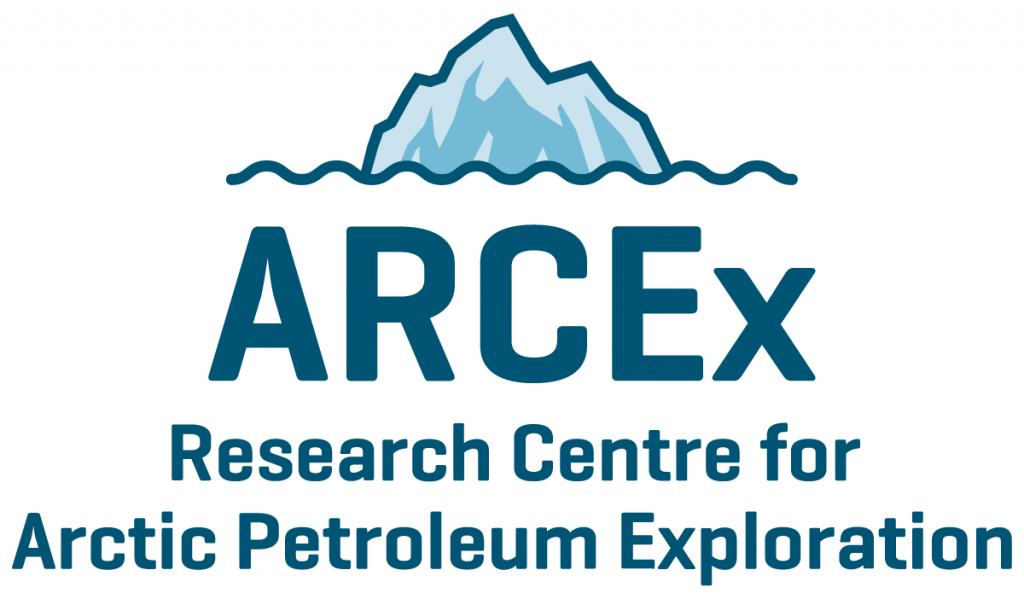Muhammad Hassaan, Jan Inge Faleide, Roy Helge Gabrielsen (all UiO), and Filippos Tsikalas (UiO and Vår Energi) are the authors of the article “Carboniferous graben structures, evaporite accumulations and tectonic inversion in the southeastern Norwegian Barents Sea” to appear in the journal Marine and Petroleum Geology.
Highlights:
- New Carboniferous grabens are identified in the southeastern Norwegian Barents Sea.
- A close control of Carboniferous grabens on evaporite accumulation is revealed.
- Mobile and non-mobile evaporites occur within the study area.
- Reactivation of the Carboniferous grabens is evident after the Paleozoic.
- Initiation and reactivation of salt domes and walls were due to far-field stresses.
Abstract:
High quality reprocessed seismic reflection profiles and available wells were used to study the little studied southeastern Norwegian Barents Sea and east Finnmark Platform. The study area comprises prominent structural elements such as the Haapet, Veslekari, and Signalhorn domes, the West Fedynsky High, and the Tiddlybanken and Nordkapp basins. Seven deep-seated Carboniferous grabens, not formally described earlier, were defined and informally named; and similarly, five evaporite bodies that are tapered stratigraphically above the grabens have been mapped in detail. In the late Devonian, the region comprised a central structural high (Fedynsky High), and two depressions to the north and south, and has subsequently experienced transtensional deformation during a late Devonian-early Carboniferous NE-SW regional extensional phase. As a result, a NW-SE trending graben system was created over the paleotopography, following the inherited Timanian orogeny lineaments and giving rise to the deep-seated Carboniferous grabens. Pennsylvanian to early Permian evaporites were deposited and were characterized by mobile and non-mobile lithologies. The Carboniferous structures controlled the volume, thickness and lithological alterations of the evaporites, and have later influenced the distribution and development of the salt wall and domes. The Haapet, Veslekari, composite West Fedynsky (two domes informally named Alpha and Beta) and Signalhorn domes were generated and the salt wall of the Tiddlybanken Basin was rejuvenated during the late Triassic due to compressional stresses propagating from the evolving Novaya Zemlya fold-and-thrust belt. The domes and salt wall were subsequently reactivated during the upper Jurassic and earliest Cretaceous. Furthermore, we infer that the main phase of reactivation of these structures took place during the early-middle Eocene due to far-field stresses from the transpressional Eurekan/Spitsbergen orogeny.
Keywords: Southeastern Barents Sea; Tectono-stratigraphic evolution; Carboniferous basins; Evaporites; Domes; Salt wall; tectonic inversion
Reference:
Hassaan, M., Faleide, J.I., Gabrielsen, R.H., Tsikalas, F., (in press): Carboniferous graben structures, evaporite accumulations and tectonic inversion in the southeastern Norwegian Barents Sea. Marine and Petroleum Geology. Available online 9 September 2019. DOI: https://doi.org/10.1016/j.marpetgeo.2019.104038. [intranet]




